Preliminary Study on Detecting the Internal Voltage Values of Integrated Circuits Based on Electro-Optical Frequency Mapping
Abstract
:1. Introduction
2. Detecting Principle
2.1. Principle of EOFM
2.2. Theoretical Model
3. Analytical Calculation of the EOFM Signal on the Diode
4. EOFM Experiment on the Diode and Discussion
4.1. Experimental Setup
4.2. DUT
4.3. Experimental Results and Discussion
5. Conclusions
Author Contributions
Funding
Institutional Review Board Statement
Informed Consent Statement
Data Availability Statement
Conflicts of Interest
References
- Herfurth, N.; Amini, E.; Beyreuther, A.; Nakamura, T.; Keil, S.; Boit, C. EOFM for contactless parameter extraction of low k dielectric MIS structures. In Proceedings of the 2019 IEEE 26th International Symposium on Physical and Failure Analysis of Integrated Circuits (IPFA), Hangzhou, China, 2–5 July 2019; pp. 1–5. [Google Scholar] [CrossRef]
- Li, A.; Xiao, R.; Guo, M.; Li, J.; Liu, B. Case Study on Abnormal Electron-Optical Frequency Mapping phenomena in Failure Analysis. In Proceedings of the ISTFA 2018: Proceedings from the 44th International Symposium for Testing and Failure Analysis, Phoenix, AZ, USA, 28 October–1 November 2018; pp. 156–160. [Google Scholar] [CrossRef]
- Sheng, F.L.; Ling, L.J. Application of electro optical frequency mapping (EOFM) in scan chain failure analysis for ASIC. In Proceedings of the 2017 IEEE 24th International Symposium on the Physical and Failure Analysis of Integrated Circuits (IPFA), Chengdu, China, 4–7 July 2017; pp. 1–5. [Google Scholar] [CrossRef]
- Rebaï, M.M.; Darracq, F.; Guillet, J.P.; Bernou, E.; Sanchez, K.; Perdu, P.; Lewis, D. A comprehensive study of the application of the EOP techniques on bipolar devices. Microelectron. Reliab. 2014, 54, 2088–2092. [Google Scholar] [CrossRef]
- Kiyan, T.; Lohrke, H.; Boit, C. Comparative Assessment of Optical Techniques for Semi-Invasive SRAM Data Read-out on an MSP430 Microcontroller. In Proceedings of the ISTFA 2018: Proceedings from the 44th International Symposium for Testing and Failure Analysis, Phoenix, AZ, USA, 28 October–1 November 2018; p. 266. [Google Scholar] [CrossRef]
- Jain, A.; Zhou, Z.; Guin, U. Survey of Recent Developments for Hardware Trojan Detection. In Proceedings of the 2021 IEEE International Symposium on Circuits and Systems (ISCAS), Daegu, Korea, 22–28 May 2021; pp. 1–5. [Google Scholar] [CrossRef]
- Boit, C.; Kiyan, T.; Krachenfels, T.; Seifert, J.P. Logic State Imaging From FA Techniques for Special Applications to One of the Most Powerful Hardware Security Side-Channel Threats. In Proceedings of the 2020 IEEE International Symposium on the Physical and Failure Analysis of Integrated Circuits (IPFA), Singapore, 20–23 July 2020; pp. 1–7. [Google Scholar] [CrossRef]
- Lohrke, H.; Tajik, S.; Boit, C.; Seifert, J.P. No place to hide: Contactless probing of secret data on FPGAs. In Proceedings of the International Conference on Cryptographic Hardware and Embedded Systems, Santa Barbara, CA, USA, 17–19 August 2016; Springer: Berlin/Heidelberg, Germany, 2016; pp. 147–167. [Google Scholar] [CrossRef]
- Tajik, S.; Lohrke, H.; Seifert, J.P.; Boit, C. On the power of optical contactless probing: Attacking bitstream encryption of FPGAs. In Proceedings of the 2017 ACM SIGSAC Conference on Computer and Communications Security, Dallas, TX, USA, 30 October–3 November 2017; pp. 1661–1674. [Google Scholar] [CrossRef]
- Lavdas, L.; Rahman, M.T.; Tehranipoor, M.; Asadizanjani, N. On Optical Attacks Making Logic Obfuscation Fragile. In Proceedings of the 2020 IEEE International Test Conference in Asia (ITC-Asia), Taipei, Taiwan, 23–25 September 2020; pp. 71–76. [Google Scholar] [CrossRef]
- Kindereit, U. Fundamentals and future applications of Laser Voltage Probing. In Proceedings of the 2014 IEEE International Reliability Physics Symposium, Waikoloa, HI, USA, 1–5 June 2014. [Google Scholar] [CrossRef]
- Serrels, K.A.; Ganesh, U. Laser Voltage Probing of Integrated Circuits: Implementation and Impact. In Microelectronics Fialure Analysis Desk Reference; ASM International: Almere, The Netherlands, 2019; p. 244. [Google Scholar] [CrossRef]
- Kindereit, U.; Woods, G.; Tian, J.; Kerst, U.; Leihkauf, R.; Boit, C. Quantitative investigation of laser beam modulation in electrically active devices as used in laser voltage probing. IEEE Trans. Device Mater. Reliab. 2007, 7, 19–30. [Google Scholar] [CrossRef]
- Pagano, C.; Boit, C.; Glowacki, A.; Leihkauf, R.; Yokoyama, Y. Comparison of FET electro-optical modulation for 1300 nm and 1064 nm laser sources. Microelectron. Reliab. 2012, 52, 2024–2030. [Google Scholar] [CrossRef]
- Vogt, I.; Leihkauf, R.; Nakamura, T.; Boit, C. New Laser Voltage Signal Insights from EOFM Simulations and Measurements on different pn-junctions. In Proceedings of the 2018 IEEE International Symposium on the Physical and Failure Analysis of Integrated Circuits (IPFA), Singapore, 16–19 July 2018; pp. 1–6. [Google Scholar] [CrossRef]
- Lo, W.; Nataraj, N.; Boiadjieva, N.; Vedegarbha, P.; Wilsher, K. Polarization difference probing: A new phase detection scheme for laser voltage probing. In Proceedings of the ISTFA 2004, Worcester, MA, USA, 14–18 November 2004; ASM International: Almere, The Netherlands, 2004; pp. 9–17. [Google Scholar] [CrossRef]
- Ng, Y.S.; Lundquist, T.; Skvortsov, D.; Liao, J.; Kasapi, S.; Marks, H. Laser voltage imaging: A new perspective of laser voltage probing. In Proceedings of the 36th International Symposium for Testing and Failure Analysis, Addison, TX, USA, 14–18 November 2010; pp. 5–13. [Google Scholar] [CrossRef]
- Soref, R.; Bennett, B. Electrooptical effects in silicon. IEEE J. Quantum Electron. 1987, 23, 123–129. [Google Scholar] [CrossRef] [Green Version]
- Wilsher, K.; Lo, W.; Eiles, T.M.; Xiao, G. Integrated circuit waveform probing using optical phase shift detection. In Proceedings of the ISTFA 2000, Bellevue, WA, USA, 12–16 November 2000; ASM International: Almere, The Netherlands, 2000; pp. 479–485. [Google Scholar] [CrossRef]
- Rebai, M.M.; Darracq, F.; Lewis, D.; Perdu, P.; Sanchez, K. How to interpret the reflected laser probe signal of multiple elementary substructures in very deep submicron technologies. In Proceedings of the 39th International Symposium for Testing and Failure Analysis (ISTFA 2013), San Jose, CA, USA, 3–7 November 2013; pp. 471–481. [Google Scholar] [CrossRef]
- Green, M.A. Self-consistent optical parameters of intrinsic silicon at 300 K including temperature coefficients. Sol. Energy Mater. Sol. Cells 2008, 92, 1305–1310. [Google Scholar] [CrossRef]
- Li, H. Refractive index of silicon and germanium and its wavelength and temperature derivatives. J. Phys. Chem. Ref. Data 1980, 9, 561–658. [Google Scholar] [CrossRef]
- Arora, N.D.; Hauser, J.R.; Roulston, D.J. Electron and hole mobilities in silicon as a function of concentration and temperature. IEEE Trans. Electron Devices 1982, 29, 292–295. [Google Scholar] [CrossRef]
- Yan, J.; Wei, G.; Ha, L.; Lin, Y.; Jiang, X. Matrix Optical; China North Industries Group Corporation Limited: Beijing, China, 1995. [Google Scholar]
- Boit, C.; Glowacki, A.; Pagano, C.; Kerst, U.; Yokoyama, Y. Quantitative aspects of optical IC debug using state-of-the-art backside preparation. In Proceedings of the 2012 19th IEEE International Symposium on the Physical and Failure Analysis of Integrated Circuits, Singapore, 2–6 July 2012; pp. 1–6. [Google Scholar] [CrossRef]
- Rebaï, M.M. Integrated Circuit Analysis by Laser Probing Techniques. Ph.D. Thesis, University of Bordeaux, Bordeaux, France, 2014. [Google Scholar]
- Boscaro, A.; Jacquir, S.; Sanchez, K.; Perdu, P.; Binczak, S. Improvement of signal to noise ratio in electro optical probing technique by wavelets filtering. Microelectron. Reliab. 2015, 55, 1585–1591. [Google Scholar] [CrossRef] [Green Version]
- Liu, P.; Han, J.; Ma, Y.; Zhang, F.; Wu, Z.; Zhu, X.; Cui, Y. A frequency mapping method for locating functional units inside ICs based on coaxial microscope. Electron. Lett. 2021. [Google Scholar] [CrossRef]
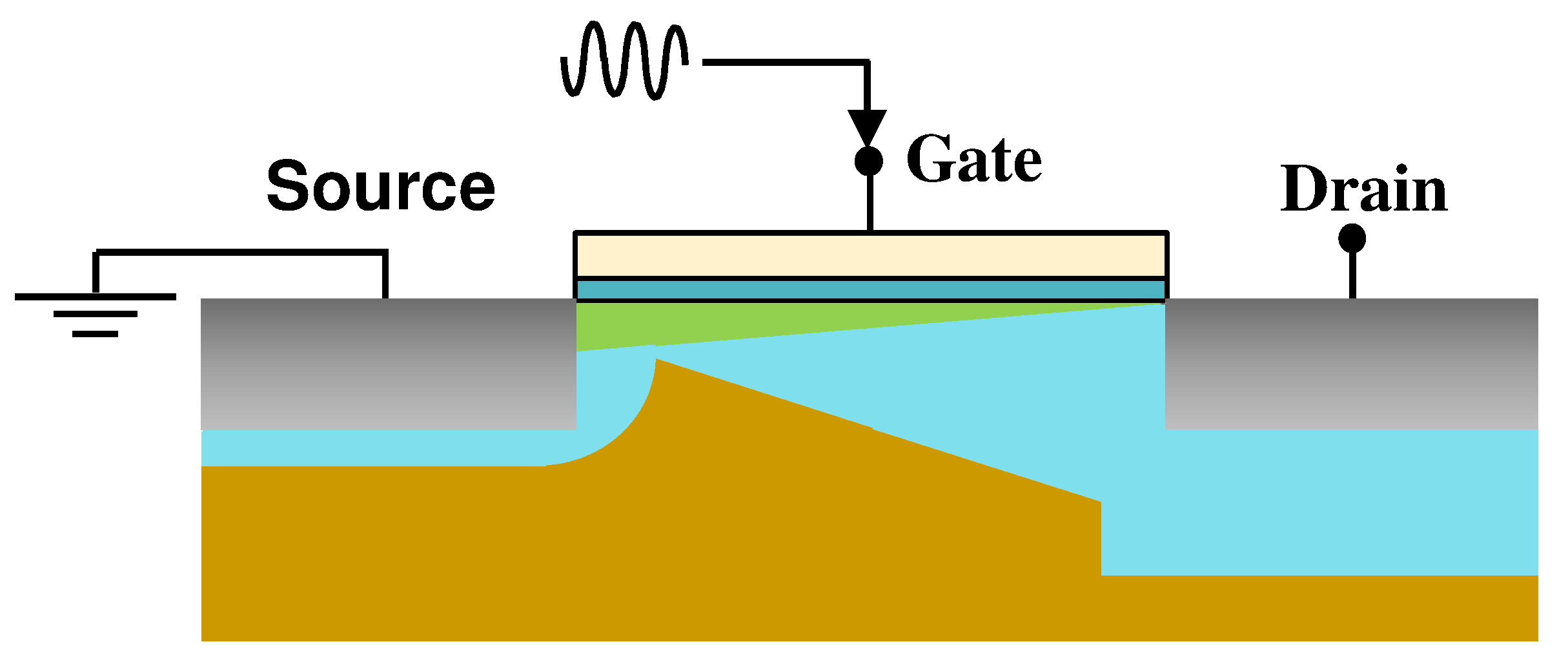

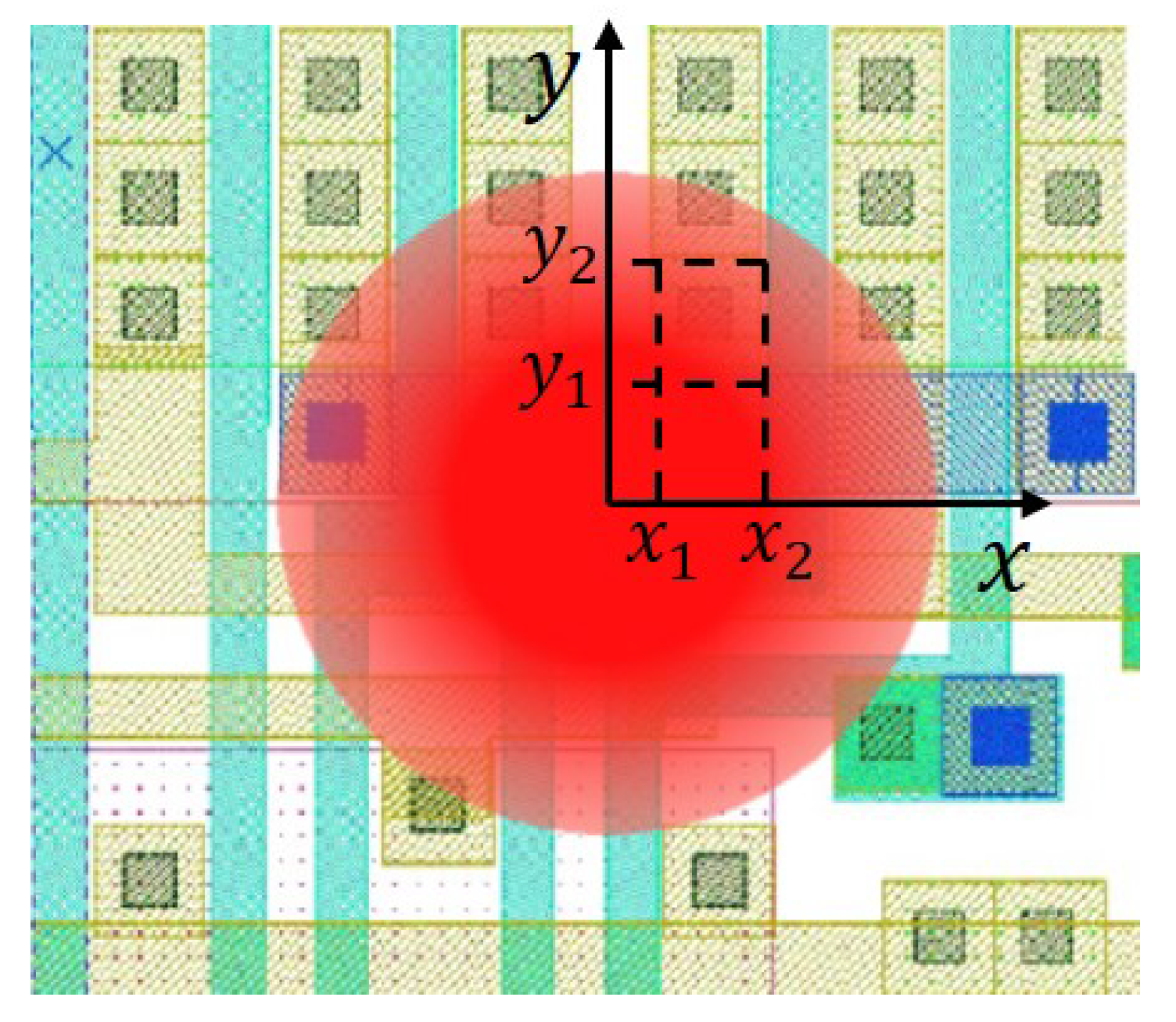
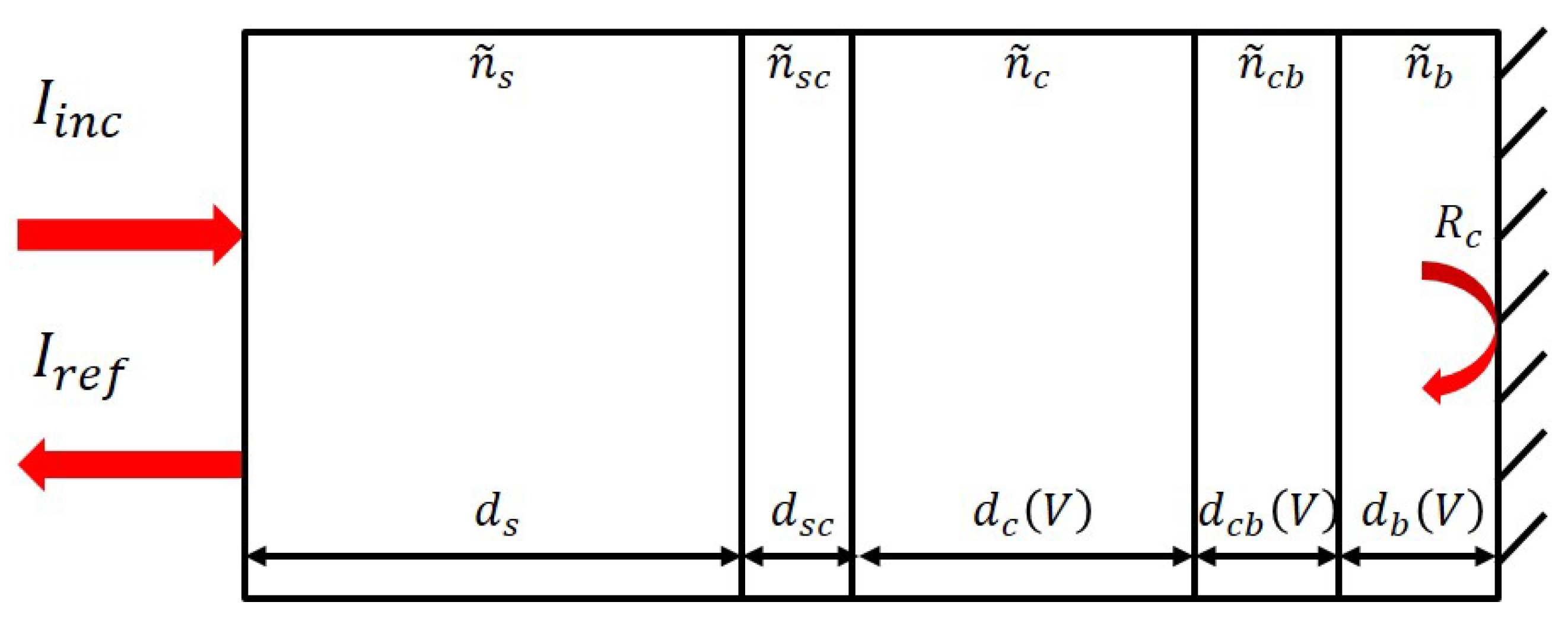
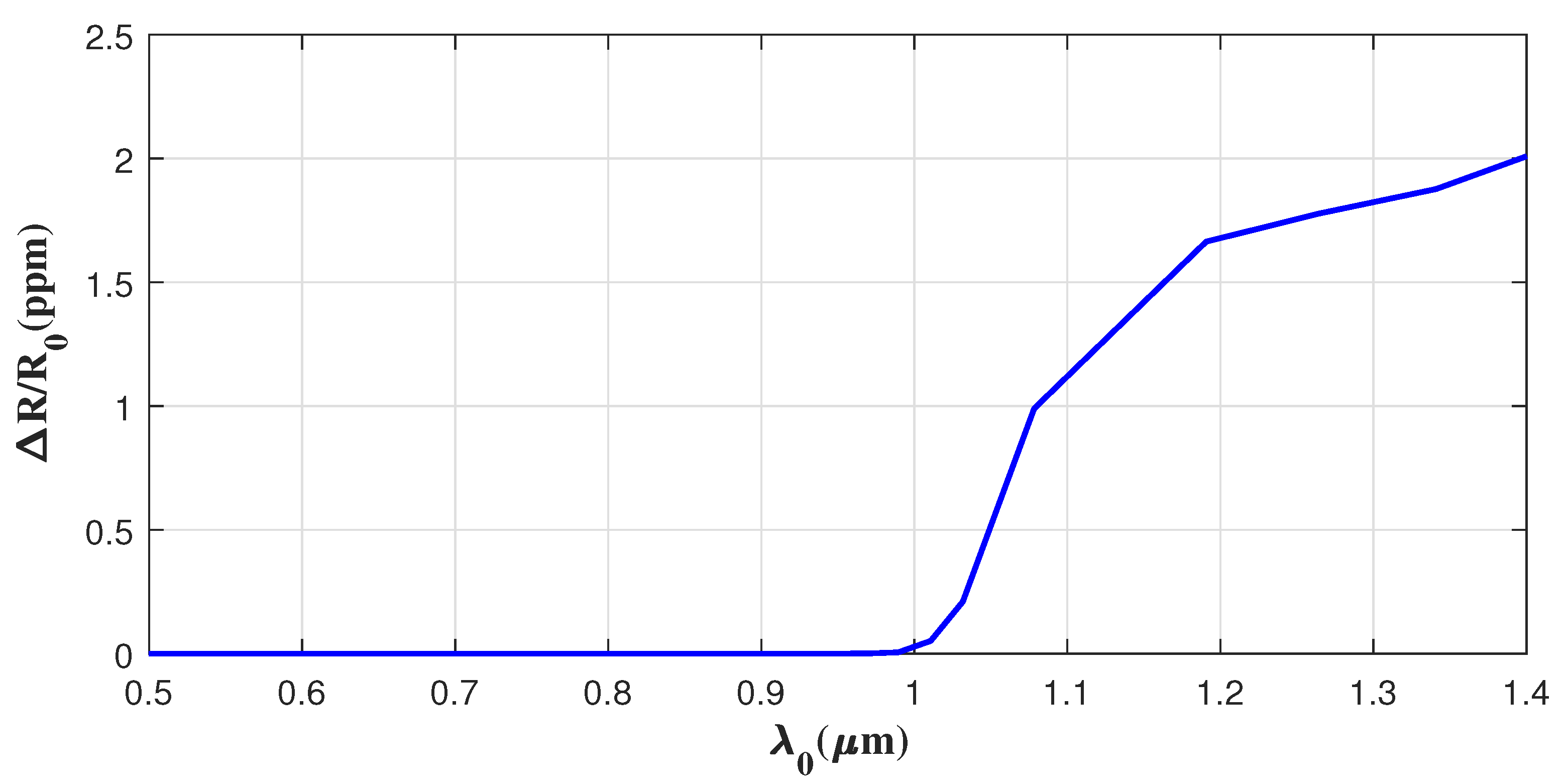


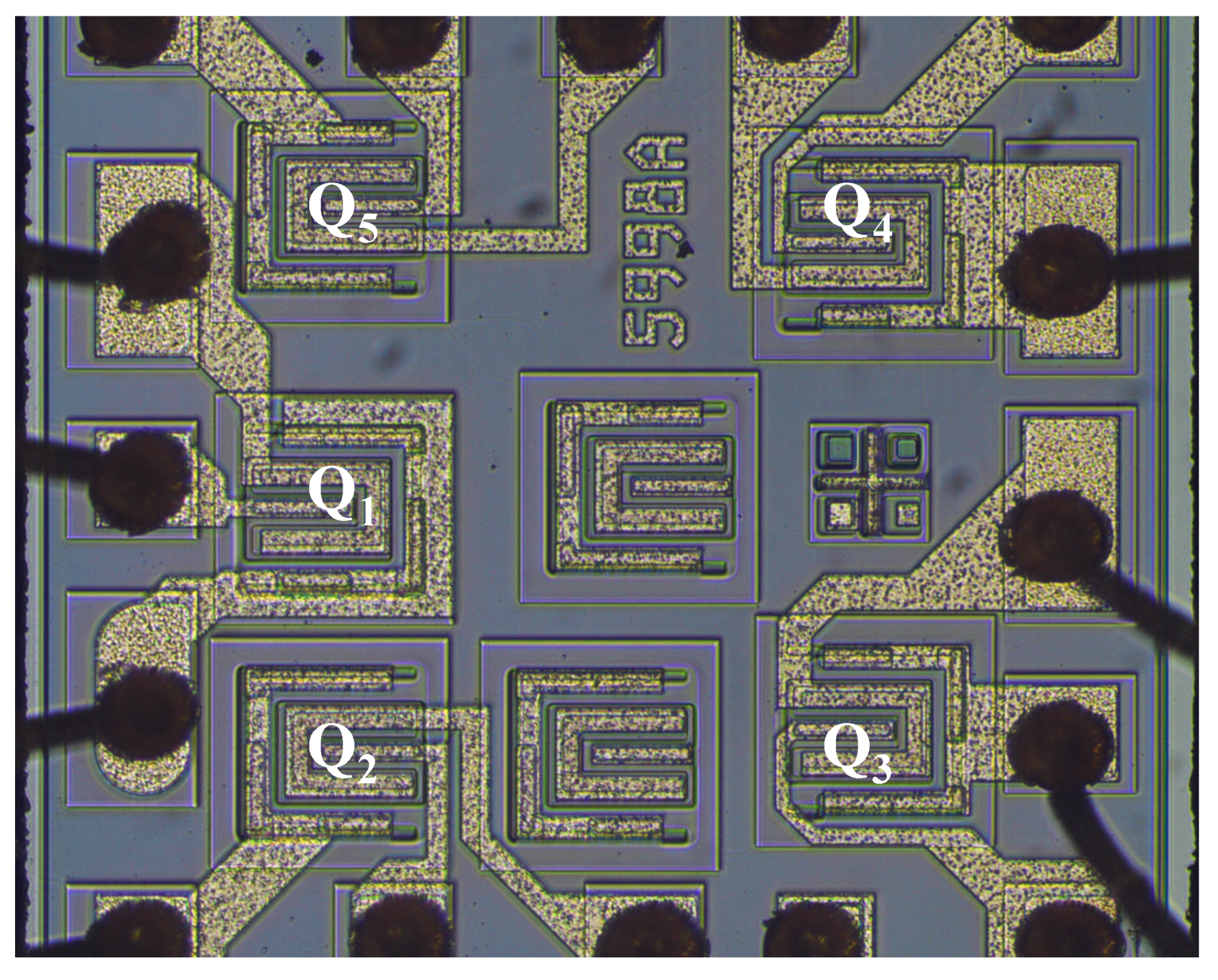
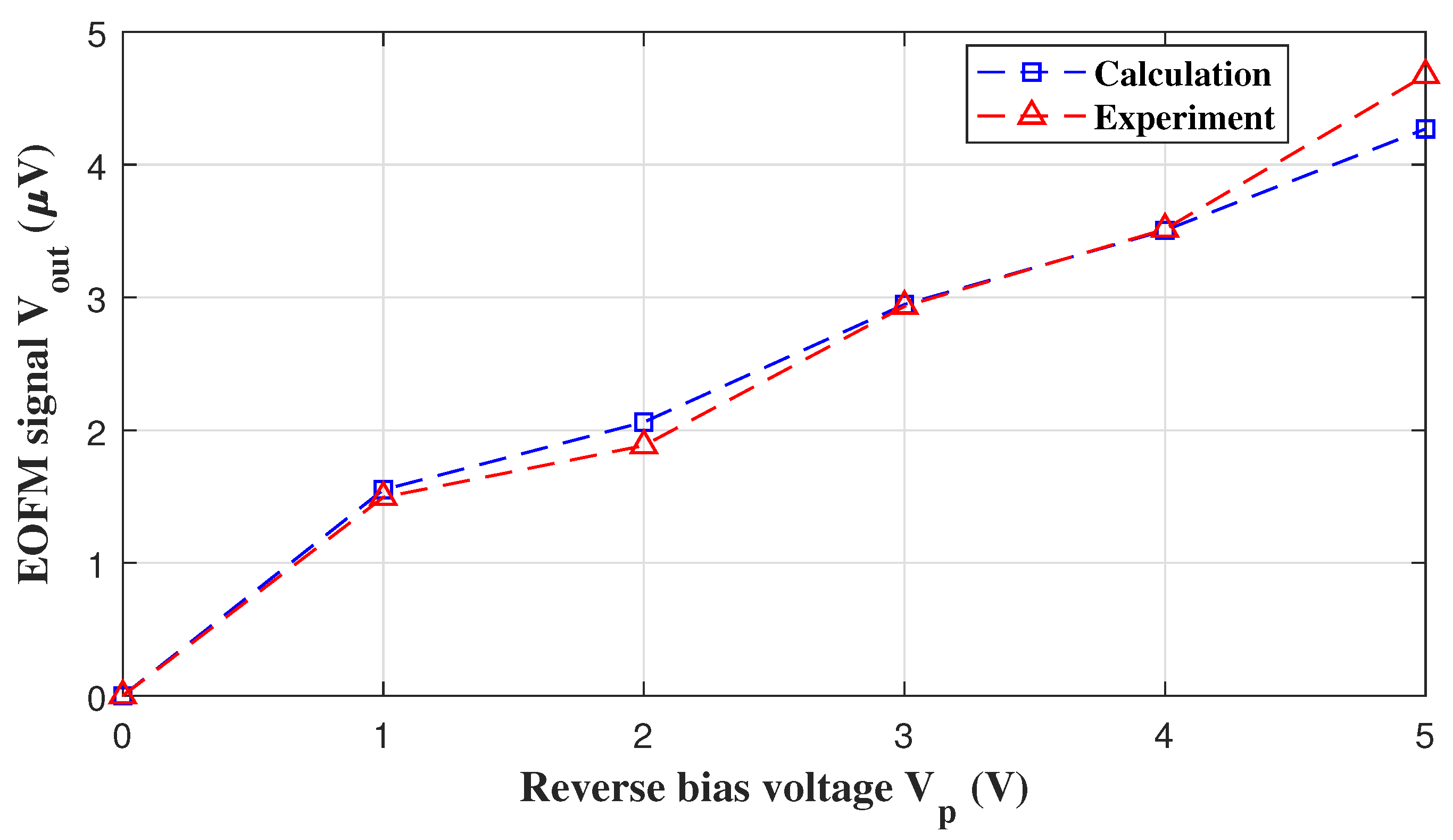
Publisher’s Note: MDPI stays neutral with regard to jurisdictional claims in published maps and institutional affiliations. |
© 2022 by the authors. Licensee MDPI, Basel, Switzerland. This article is an open access article distributed under the terms and conditions of the Creative Commons Attribution (CC BY) license (https://creativecommons.org/licenses/by/4.0/).
Share and Cite
Liu, P.; Ma, Y.; Han, J. Preliminary Study on Detecting the Internal Voltage Values of Integrated Circuits Based on Electro-Optical Frequency Mapping. Appl. Sci. 2022, 12, 1188. https://doi.org/10.3390/app12031188
Liu P, Ma Y, Han J. Preliminary Study on Detecting the Internal Voltage Values of Integrated Circuits Based on Electro-Optical Frequency Mapping. Applied Sciences. 2022; 12(3):1188. https://doi.org/10.3390/app12031188
Chicago/Turabian StyleLiu, Pengcheng, Yingqi Ma, and Jianwei Han. 2022. "Preliminary Study on Detecting the Internal Voltage Values of Integrated Circuits Based on Electro-Optical Frequency Mapping" Applied Sciences 12, no. 3: 1188. https://doi.org/10.3390/app12031188





